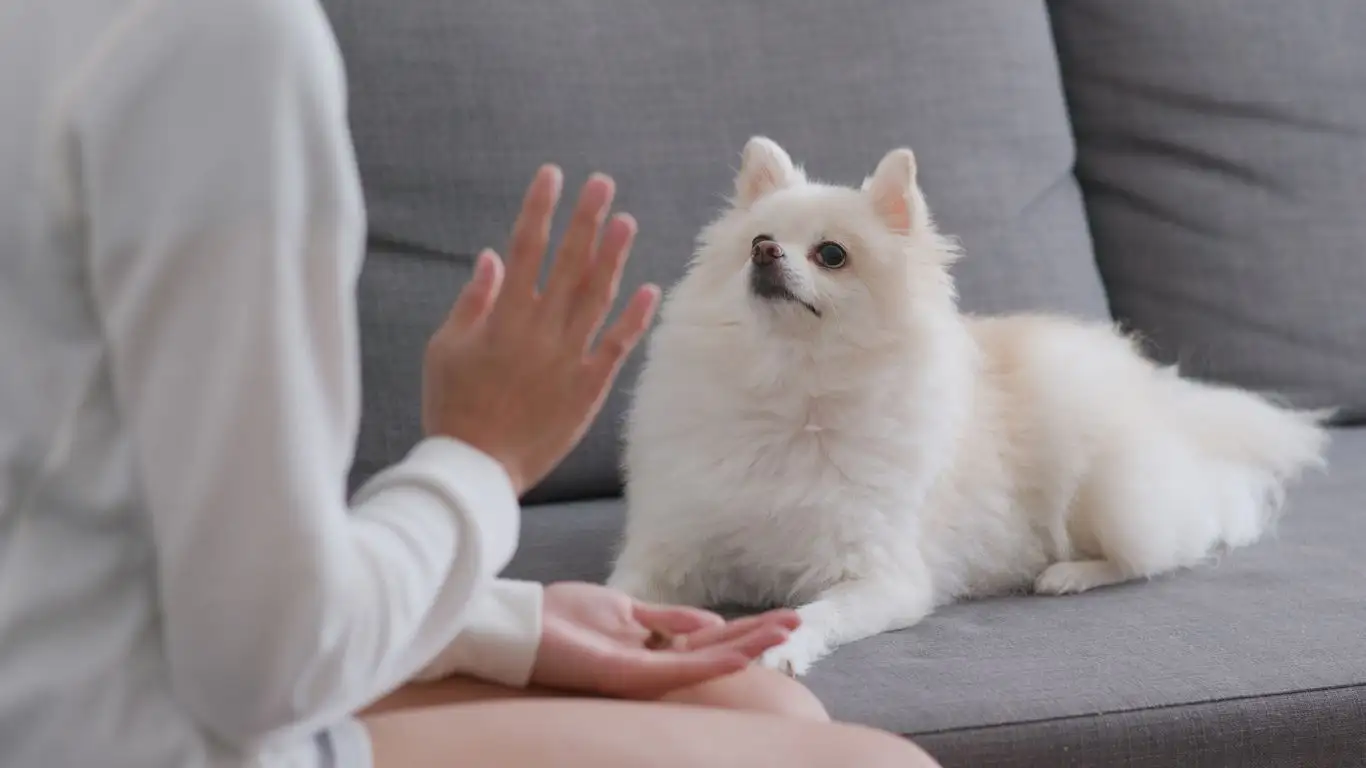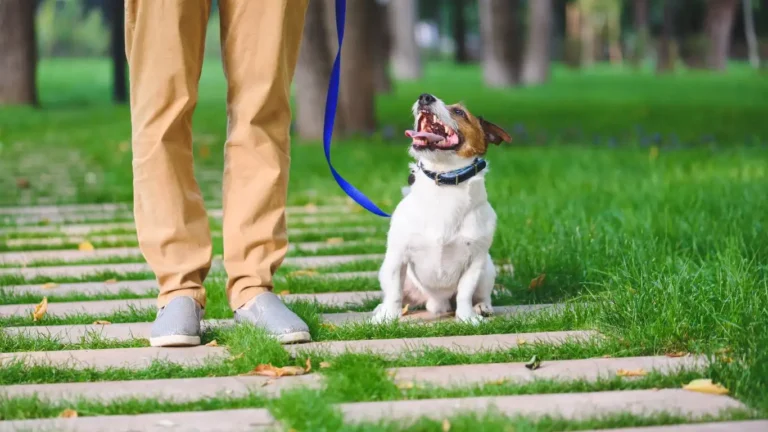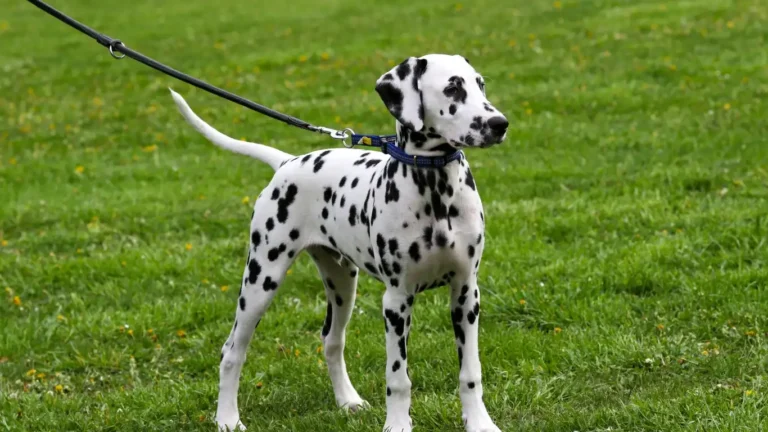Stop Your Dog from Chewing Wooden Furniture with These Easy Tips
Chewing is a normal behavior for dogs, especially puppies. But when your furry friend starts gnawing on wooden furniture, it can lead to expensive damage—and potential health risks for your pet. Learning how to train a dog to stop chewing wooden furniture is important for keeping both your home and your dog safe.
Understanding Why Dogs Chew
To fix the problem, it helps to understand why dogs chew in the first place. Chewing is a natural way for dogs to explore the world. Puppies, like human babies, chew to relieve the pain of teething. Older dogs may chew out of boredom, stress, or just because it feels good.
Sometimes, chewing helps dogs clean their teeth or burn off extra energy. In other cases, it could be a sign that something is missing in their environment, like exercise or attention.
If your dog is fixated on wooden furniture, it might be drawn to the texture, the smell, or the location of the item.
How Chewing Works in Dogs
Dogs have strong jaws and sharp teeth designed to chew through meat and bones. Puppies get their baby teeth around 3 weeks old and begin teething at 12 to 16 weeks, which can last until they’re about 6 months old. During this time, chewing helps relieve discomfort as their adult teeth come in.
Even adult dogs need to chew. It keeps their jaws strong and teeth clean. But without the right things to chew on, they’ll turn to whatever’s around—including chair legs and table corners.
Chewing becomes a habit if it’s not redirected early. The more a dog practices chewing on wooden furniture, the more likely it will keep doing it—unless trained otherwise.
Common Reasons Dogs Chew Wooden Furniture
- Teething pain: Puppies chew to soothe sore gums.
- Boredom: Dogs left alone too long may act out by chewing.
- Separation anxiety: Some dogs chew to cope with stress when you’re gone.
- Lack of exercise: Dogs with excess energy often chew as a way to release it.
- Attention-seeking: If chewing gets your reaction, they might do it more.
- Attraction to smells: Wood may absorb food or human scents, which can be tempting.
It’s important to figure out the root cause before jumping into training. This helps you choose the right solution and makes training more effective.
How to Train a Dog to Stop Chewing Wooden Furniture
Stopping destructive chewing takes patience and consistency. It’s not just about saying “no”—it’s about teaching your dog what they can chew instead. Here are steps that work for most dogs:
1. Offer Safe Chew Toys
Give your dog plenty of safe, dog-friendly chew toys. Rubber toys, dental chews, and frozen teething rings can satisfy the urge to chew. Try different shapes and textures to find what your dog likes best.
Keep these toys easily available, especially during times when your dog is most likely to chew furniture—like when you leave the house or after meals.
2. Use a Deterrent Spray
Pet-safe bitter sprays make furniture taste unpleasant. Spray wooden legs or edges daily at first. Many dogs stop chewing after just a few tries once they associate the bad taste with the object.
Be consistent. Reapply regularly and combine it with training so your dog learns what’s off-limits.
3. Supervise and Interrupt
Keep a close eye on your dog during the training phase. If you catch them chewing furniture, gently interrupt with a calm “uh-uh” or “leave it.” Then redirect to a chew toy and praise them for using it.
Positive reinforcement helps dogs understand what’s allowed. Yelling or punishment may scare your dog and increase anxiety, which can make chewing worse.
4. Crate or Confine When Unsure
When you can’t supervise, consider crate training or using a playpen. Dogs generally don’t chew as much when confined to a safe, quiet space with appropriate toys. Just make sure the area is not boring or isolating.
5. Increase Exercise and Enrichment
A tired dog is less likely to chew. Daily walks, interactive games, and puzzle toys help burn energy and keep your dog mentally stimulated.
- Take your dog on longer walks or hikes.
- Try fetch, tug-of-war, or agility games.
- Rotate toys to keep them interesting.
- Use food puzzles or frozen treats to challenge their brain.
Think of chewing as a symptom, not the problem. Often, more activity can solve the issue at its core.
6. Address Emotional Triggers
If chewing happens mainly when you’re gone, your dog may have separation anxiety. Signs include whining, barking, or destructive behavior when left alone. In this case, chewing is a coping tool—not just boredom.
Try gradually desensitizing your dog to departures by leaving for short periods and rewarding calm behavior. In some cases, you may need help from a trainer or vet behaviorist.
7. Be Consistent With Rules
Consistency is key. Don’t let your dog chew old shoes or wood scraps and expect them to know the difference from furniture. Set clear rules and stick to them. Everyone in the house should use the same commands and expectations.
When to Seek Help
If your dog keeps chewing despite training, or if the behavior is getting worse, talk to your veterinarian. Sometimes, chewing is a sign of dental problems, nutritional deficiencies, or anxiety that needs medical support.
Also reach out if your dog swallows pieces of wood. Splinters can cause injury to the mouth, throat, or stomach. Signs of trouble include drooling, vomiting, or not wanting to eat.
In stubborn cases, working with a certified dog trainer or veterinary behaviorist can make a big difference. They can create a custom plan based on your dog’s specific needs.
Remember, your dog isn’t chewing to upset you—it’s just being a dog. With the right tools, some patience, and a bit of training, you can protect your furniture and keep your dog healthy and happy.





